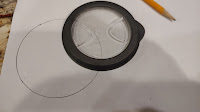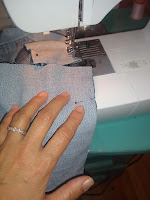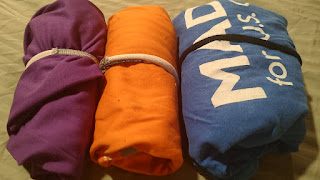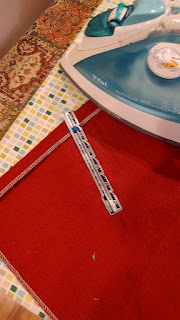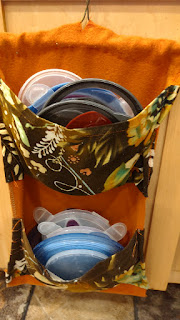I turned 52 a few weeks ago and I threw myself a low-waste birthday picnic at a local park. We have been hosting low-waste gatherings at home, but this practice may not have been completely obvious to our guests. I was not going to drag all the breakable dishes we use at home to a picnic site Instead of gifts, I explicitly asked people to help me reduce single-use items by bringing a water bottle and reusable plates and dishes but that I would provide these if people weren't able to.
I used my existing stash of sheets, scarves and tablecloths to cover the picnic tables. I purchased small gourds for decorations. We also brought all of our plastic camping and kid dishes and a tray of disposable silverware I typically wash and reuse.
My neighborhood requests people bring their own dishes at neighborhood block parties so my idea was not original, but it was unfamiliar to some. People were good sports and genuinely tried to honor my birthday ask.We labeled a paper bag for recycling and a tote for dishes and put out an unlabeled bucket with a compostable bag for organics. We did not have a good method to block off the garbage cans, which were chained down to the picnic shelter structure. t Conventional recycling mostly ended up in the right place. I fished one aluminum can out of the garbage. We had one minor disaster in which the bag blew off the table shattering one empty bottle.
Some food waste found its way into the bucket, but more went into the garbage can. I assume people were less experienced recycling food than recycling aluminum cans. The lack of labels did not help. Organics recycling is newer in the Twin Cities and not all communities offer it. I did not fish the food out of the garbage can.
We succeeded in directing most of the plastic packaging from ice and snacks into the bags for eventual Ridwell disposal, but we had to proactively tell people we could recycle that.
Some guests expressed appreciation for the low-waste efforts and said more people needed to do it. Others were perplexed by the whole thing. Some brought disposable plates and we ended up with one packaged bottle of water when the event was over. One friend was super enthusiastic and brought their vegetable platter and carrot hummus in a giant metal catering container.
I estimate saving thirty dollars by not purchasing disposable or compostable serving ware, but washing dishes after the event took time. Luckily my teenager volunteered for that job. I also had to run one load of laundry for the table coverings, but I added other clothes to the load. This article covers the inputs from washing versus using disposables.
Guests took home some of the gourds. The others are serving as fall decorations/squirrel food on my front porch.
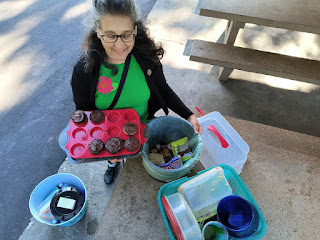


.png)










